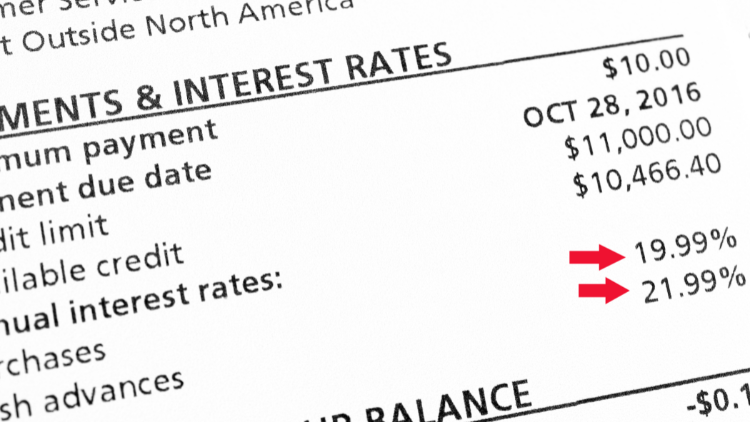Starter cards with training-wheel features, automatic reviews for limit increases, and habits that add points to your score—not your balance.

The quick game plan
- Pick one beginner-friendly card from the lists below.
- Turn on autopay (at least the statement balance).
- Keep utilization under ~30% of your limit; lower is better. You don’t need to carry a balance to build credit.
- Set a 6–12 month checkpoint to ask for/receive a limit increase or graduation.
Best first cards (by situation)
If you’re starting from scratch or rebuilding (secured, with a path to upgrade)
- Discover it® Secured — Reports to the bureaus and begins automatic monthly reviews after 7 months to see if you can “graduate” to unsecured and get your deposit back. $0 annual fee.
- Capital One Platinum Secured — Flexible deposit tiers (as low as $49, $99, or $200 for a $200 starting line), with the chance to earn back your deposit and upgrade with responsible use.
Why secured works: A refundable deposit reduces the bank’s risk, so approvals are easier when you’re rebuilding. Aim to graduate within a year; if you can’t, consider switching to a card that does.
If you’re a student (no or thin credit file)
- Chase Freedom Rise® — Built for newcomers; 1.5% cash back on everything, $0 annual fee, and a $25 bonus for enrolling in autopay. Chase notes you may not need prior credit history, and keeping good habits for a year can trigger an automatic upgrade to Freedom Unlimited®.
- Discover it® Student Cash Back — Earn 5% in rotating categories each quarter with activation (1% elsewhere). Easy rewards + a well-known student path.
- Capital One Student (Quicksilver/Savor) — Student versions with simple flat or dining/entertainment rewards and ongoing education resources. (Terms and promos vary.)
If you want no deposit but a beginner-friendly review path
- Petal® 2 “Cash Back, No Fees” — No fees and a “Leap” program that can increase your limit after 6 months of qualifying on-time payments. Great for those who can’t tie up a deposit.
“No shame, just steps” habits that actually move your score
- Autopay the statement balance to avoid interest; if cash is tight, autopay at least the minimum and make extra payments before the statement closes.
- Utilization target: keep balances below ~30% of your total limits; lower (single digits) is even healthier. You do not need to carry a balance to build credit.
- One card is enough at first. After ~6 months of clean history, consider a limit increase or an upgrade/graduation if your issuer offers it. (Discover starts reviews at month 7; several programs review at ~6 months.)
- Authorized-user boost (optional): Being added to a responsible family member’s card can help if the issuer reports AUs, but make sure the primary keeps balances low and pays on time.

Sample 6-month timeline (copy this)
- Month 0: Open 1 card; set autopay; make a tiny recurring purchase (e.g., $10 subscription).
- Months 1–5: Keep utilization under 30%; pay on time; ignore “carry a balance” myths.
- Month 6–7: Ask for a credit line increase or look for automatic review/graduation notices (Discover begins at month 7; Petal’s Leap considers you at 6 months).
- Month 8–12: If you’ve graduated or grown your limit, keep doing exactly what’s working. Consider a simple flat-rate second card only if it fits your budget and you can keep utilization low.
What to avoid
- New purchases on a maxed-out card. High utilization can drag scores down even if you never miss a payment. Keep room on the line.
- Multiple applications at once. Each hard inquiry can ding you temporarily—space them out. (Pre-qualify when possible.)
- Annual-fee traps on beginner cards unless the value is obvious.
Bottom line: Pick one beginner-friendly card, automate good behavior, keep spending small, and let time work. Six to twelve months of clean history can open doors to higher limits and better rewards—with zero shame along the way.
WalletAware shares education, not individualized financial advice. Always confirm current terms on the issuer’s site before applying.